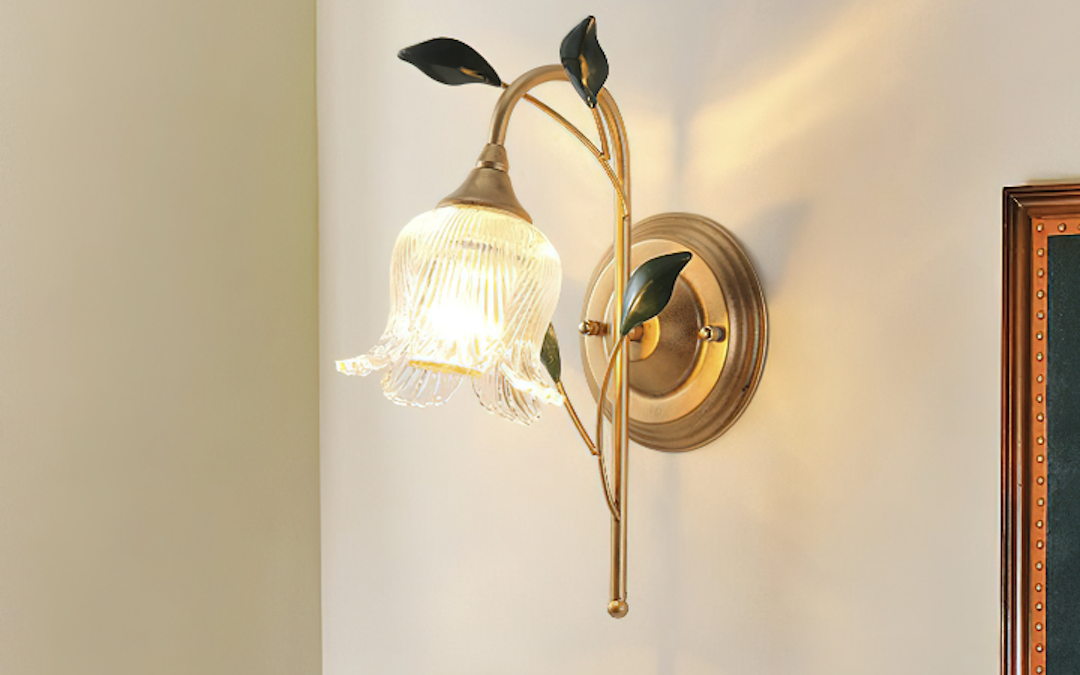Shining the Way: The Illuminating Benefits of Library Light
Introduction
When it comes to studying and reading, we often overlook the significance of lighting. However, lighting plays a crucial role in enhancing our learning environment, especially in a library setting. In this article, we will explore the benefits of library light and how it impacts our study habits.
The Importance of Lighting in a Library Setting
A library is a place where people come to read and study. The lighting in a library should create a calm, comfortable, and inviting atmosphere. Poor lighting in a library can cause discomfort, eye strain, and headaches, which can negatively impact studying and reading. Good lighting, on the other hand, enhances the reading experience and creates a more enjoyable learning environment.
Natural Light
Natural light is the best type of lighting available. It is free, has no negative environmental impact, and is good for our health. Natural light encourages the body to produce vitamin D, which promotes good health. In a library setting, natural light can be utilized by placing windows strategically to allow for maximum natural light. Large windows also allow library users to enjoy the view outside, which can help to relieve eye strain from prolonged reading.
Artificial Light
Artificial light is necessary when natural light is not available, but it can have a negative impact on our health if used incorrectly. The type of artificial light used in libraries should mimic natural light as much as possible. LED lights are becoming more popular as they are energy efficient and can replicate natural light. Libraries should avoid using fluorescent bulbs, as they emit harsh light and can cause headaches and eye strain.
The Benefits of Proper Lighting in a Library
Proper lighting in a library can have numerous benefits, including:
Improved Comprehension and Focus
Good lighting can help to improve comprehension and focus. If the lighting is too dim, readers may struggle to see the text, and their attention will be drawn away from what they are reading.
Reduced Eye Strain and Fatigue
Good lighting can also reduce eye strain and fatigue, which is vital when reading for extended periods. Poor lighting can cause headaches, eye strain, and fatigue, which can hinder productive studying and reading.
Enhanced Mood
Lighting can affect our mood, and a well-lit library can create a peaceful and calming environment. This enhances our learning experience and encourages us to return to the library.
Increased Productivity
Proper lighting can also increase productivity. If the lighting is too dim, readers will take longer to comprehend the text, and their overall productivity will be reduced.
Conclusion
The benefits of good lighting in libraries cannot be overstated. A well-lit library creates an inviting and enjoyable environment that enhances our learning experiences. Libraries should prioritize lighting when designing their spaces to ensure a comfortable and productive learning experience for library users.



